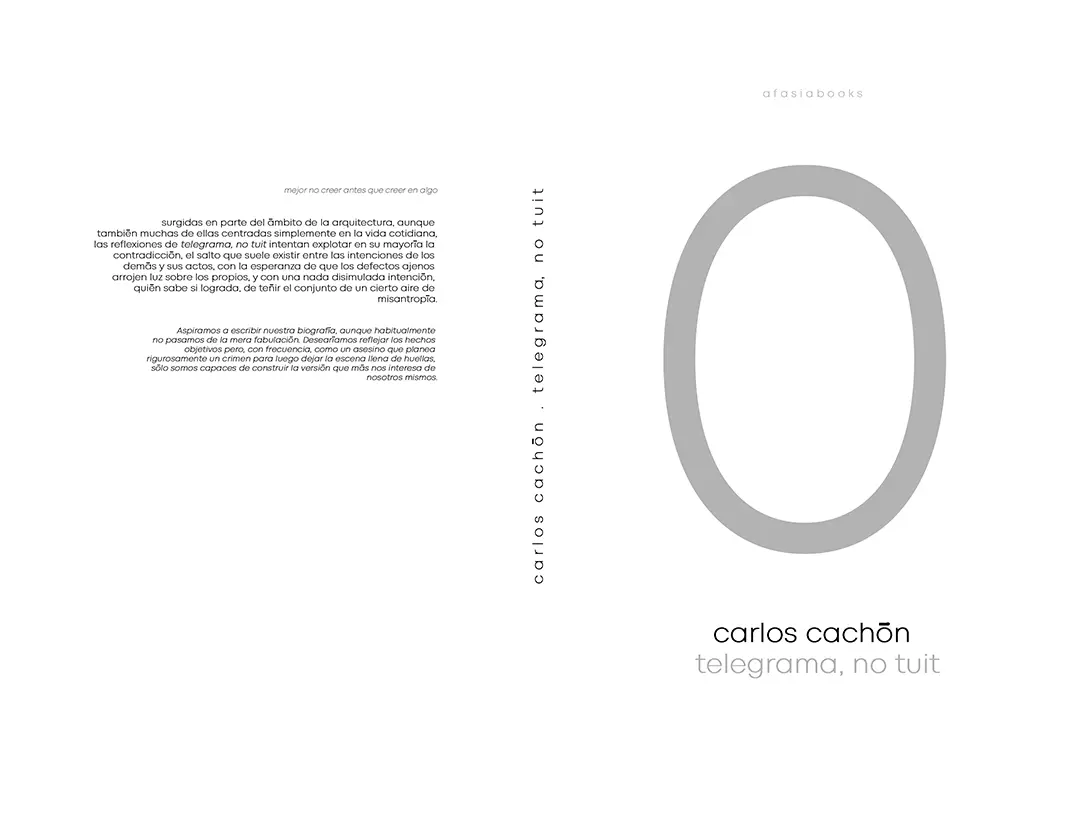
TWOBO . photos: © José Hevia
Three courtyards that reproduce a miniature world: the first is the life of a village square, covered by the shade of a tree. The second, the memory of the impluvium, is a pool of water surrounded by vegetation, and the third, the orchard, full of aromatic plants as they did in monasteries.
The three courtyards are framed in concrete, solidified and seek persistence as if they were ruins.
A boundary wall, a courtyard open to the sky and rooms around it are three elements with which the Greek and Roman villas of Empúries were built. Very close, in Albons, this house wants to pay tribute to them.
A roughly plastered wall encloses the entire plot, protecting it from the strong north winds and prying eyes; while allowing the passage of views and framing them. The wall, in its embrace, generates a rich and sheltered interior space.
The rooms are distributed around the courtyards and are grouped into three independent pavilions, light and permeable to the exterior. It is an architecture of nomadic spirit and linked to the mobility of the living. Unlike the concrete courtyards, here, it is built with more air than matter in an action of assembling light elements: Ceramic lattices, glass, steel and wood that form an architecture of breezes, shadows, light, siestas and laughter.·
_
Architects: Twobo / Year: 2024 / Photographs: José Hevia / Structure: Jordi Granada / Technical Architect: Gerard Codina / Landscaping: DACH / Collaborators: Ourania Chamilaki, Víctor Díaz-Asensio, Claudia Canalda / Construction Company: Artyco
Tres patios que reproducen un mundo en miniatura: el primero es la vida de una plaza de pueblo, cubierto por la sombra de un árbol. El segundo, el recuerdo del impluvium, es una balsa de agua rodeada de vegetación y, el tercero, el huerto, lleno de plantas aromáticas como hacían en los monasterios. Los tres patios se enmarcan en hormigón, se solidifican y buscan la persistencia como si de ruinas se trataran. Un muro de cierre, un patio abierto al cielo y habitaciones a su alrededor son tres elementos con los que se construyeron las villas griegas y romanas de Empúries. Muy cerca, en Albons, esta casa quiere rendirles tributo Un muro revocado basto cierra toda la parcela, la protege de los fuertes vientos de norte y de las miradas indiscretas; al mismo tiempo que permite el paso de las vistas y las enmarca. El muro, en su abrazo, genera un espacio interior rico y resguardado. Las habitaciones se distribuyen alrededor de los patios i se agrupan en tres pabellones independientes, ligeros y permeables al exterior. Se trata de una arquitectura de espíritu nómada y ligada a la movilidad de lo vivo. Al contrario que los patios de hormigón, aquí, se construye con más aire que materia en una acción de ensamblaje de elementos ligeros: Celosías cerámicas, cristal, acero y madera que forman una arquitectura de brisas, sombras, luz, siestas y risas.






























